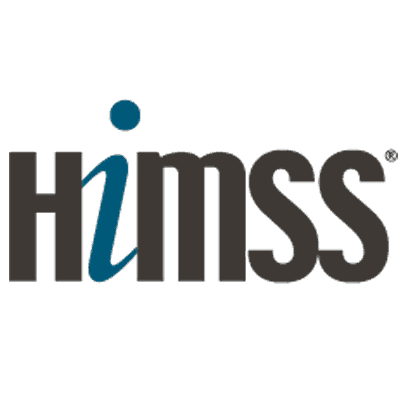This is Part II of a three blog series with our takeaways from this years HIMSS Conference. Click here to see Part I, and here to see Part III.
HIMSS is the healthcare technology industry’s largest educational and networking conference of the year.
Patients are producing more of their own data than ever before through personalized health technologies (wearables, smartwatches, and mobile health applications) — How do we make this data meaningful in fighting and preventing chronic disease?
A recent Forbes article revealed that the wearables market is expected to hit $6 billion in 2016. All of this new data has the possibility of giving doctors a better understanding of what is happening between patient visits.
In turn, this has created a need for companies that can provide data analytics. Patients are creating data everyday, but not everything is relevant or useful in a clinical setting. For example, doctors likely don’t have time to look at the fact that you went for a 30 minute run three times last week, but longer-term data trends on weight, blood pressure, glucose measurements, heart rate and other parameters are often more valuable than snapshots obtained through periodic office visits.
Remote patient monitoring in between office visits can allow patients to get better control of their chronic conditions. For instances, when patients and physicians can both view data directly from a diabetic’s insulin pump on their smart phones, they can make more informed, real-time decisions for better health.
In turn, what can we learn about chronic disease through big data to help in the prevention and management of conditions? How do we use big data and analytics to implement a more personalized approach to medicine that helps improve the health of our communities?
To use this data to drive better health for our communities, we need to aggregate disparate data to develop strategies for identifying at-risk populations and more efficiently be able to evaluate outcomes.
With the ability to access and organize patient data, healthcare providers also have the ability to implement more effective communication strategies. Engagement strategies need to be personalized, and not a ‘one size fits all’.
With all of the new ways to generate and examine data, security was a major theme at HIMSS 16. Healthcare presents unique concerns when it comes to mobile privacy and keeping patient’s personal information safe.
Click here to continue to Part III, or here to see Part I of this blog series on HIMSS 2016.



